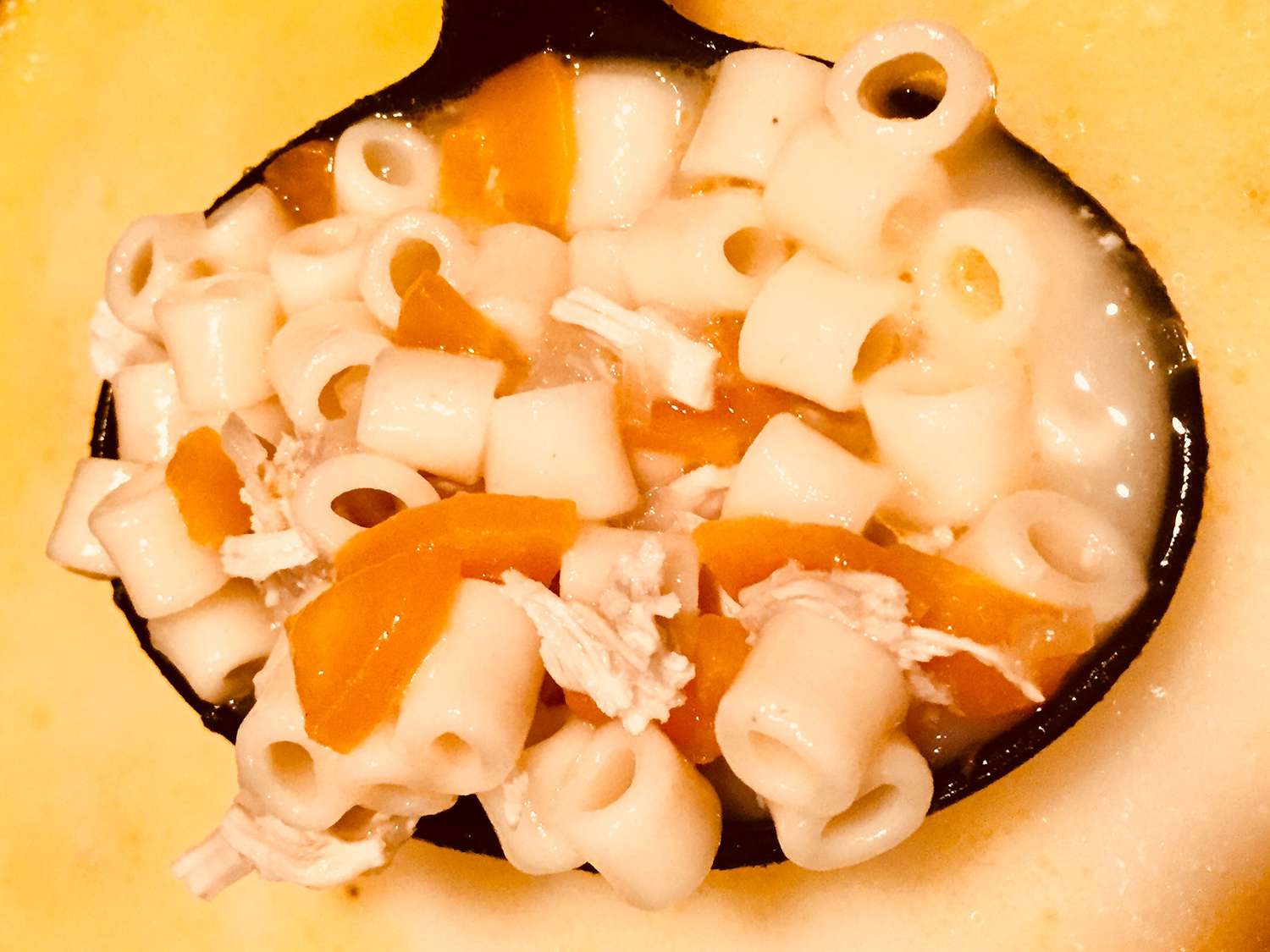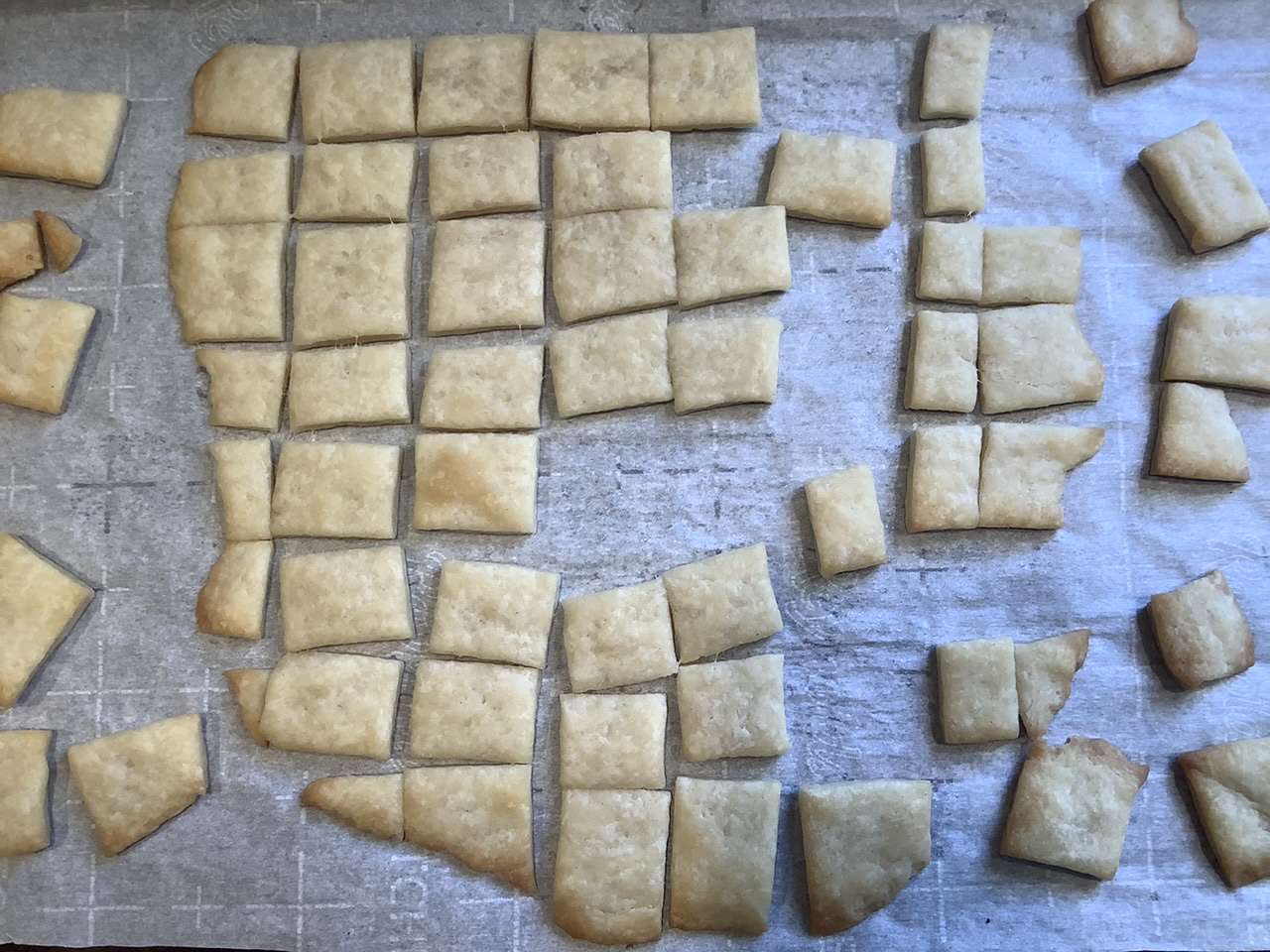The Difference Between Celery Salt and Celery Seed
If you’ve ever browsed through the spice section of a grocery store, you may have come across celery salt and celery seed. While they both have “celery” in their names, they are actually quite different in terms of flavor, usage, and composition. Let’s take a closer look at the differences between celery salt and celery seed.
Celery Seed
Celery seed is exactly what it sounds like – the seed of the celery plant. It is small, brown in color, and has a strong, concentrated flavor reminiscent of celery. The seeds are often used in pickling recipes, salad dressings, and coleslaw. They can also be added to soups, stews, and marinades to impart a distinct celery flavor.
When using celery seed, it’s important to remember that a little goes a long way. The flavor is potent, so it’s best to start with a small amount and adjust to taste. Celery seed can also be ground into a powder using a spice grinder or mortar and pestle, which can make it easier to incorporate into recipes.
Celery Salt
Celery salt is a combination of ground celery seed and salt. This blend is often used as a seasoning for Bloody Mary cocktails, potato salads, and various other dishes. The addition of salt to the celery seed mellows out its intense flavor and adds a savory element to the mix.
It’s important to note that celery salt is saltier than celery seed, so if a recipe calls for celery salt and you only have celery seed, you may need to adjust the salt content accordingly. Similarly, if a recipe calls for celery seed and you only have celery salt, you may need to reduce the amount of additional salt called for in the recipe.
Key Differences
Now that we’ve explored the individual characteristics of celery salt and celery seed, let’s summarize the key differences between the two:
- Composition: Celery seed is the seed of the celery plant, while celery salt is a blend of ground celery seed and salt.
- Flavor: Celery seed has a strong, concentrated celery flavor, while celery salt has a milder, savory flavor due to the addition of salt.
- Usage: Celery seed is often used in pickling, salad dressings, and soups, while celery salt is commonly used as a seasoning for cocktails and savory dishes.
So, the next time you’re in the kitchen and come across a recipe calling for celery salt or celery seed, you’ll know the distinct characteristics of each and how they can impact the flavor of your dish. Whether you’re aiming for a punch of pure celery flavor with celery seed or a more balanced seasoning with celery salt, understanding the differences between the two can elevate your culinary creations.
Happy cooking!
Was this page helpful?
Read Next: What Is Catsup











